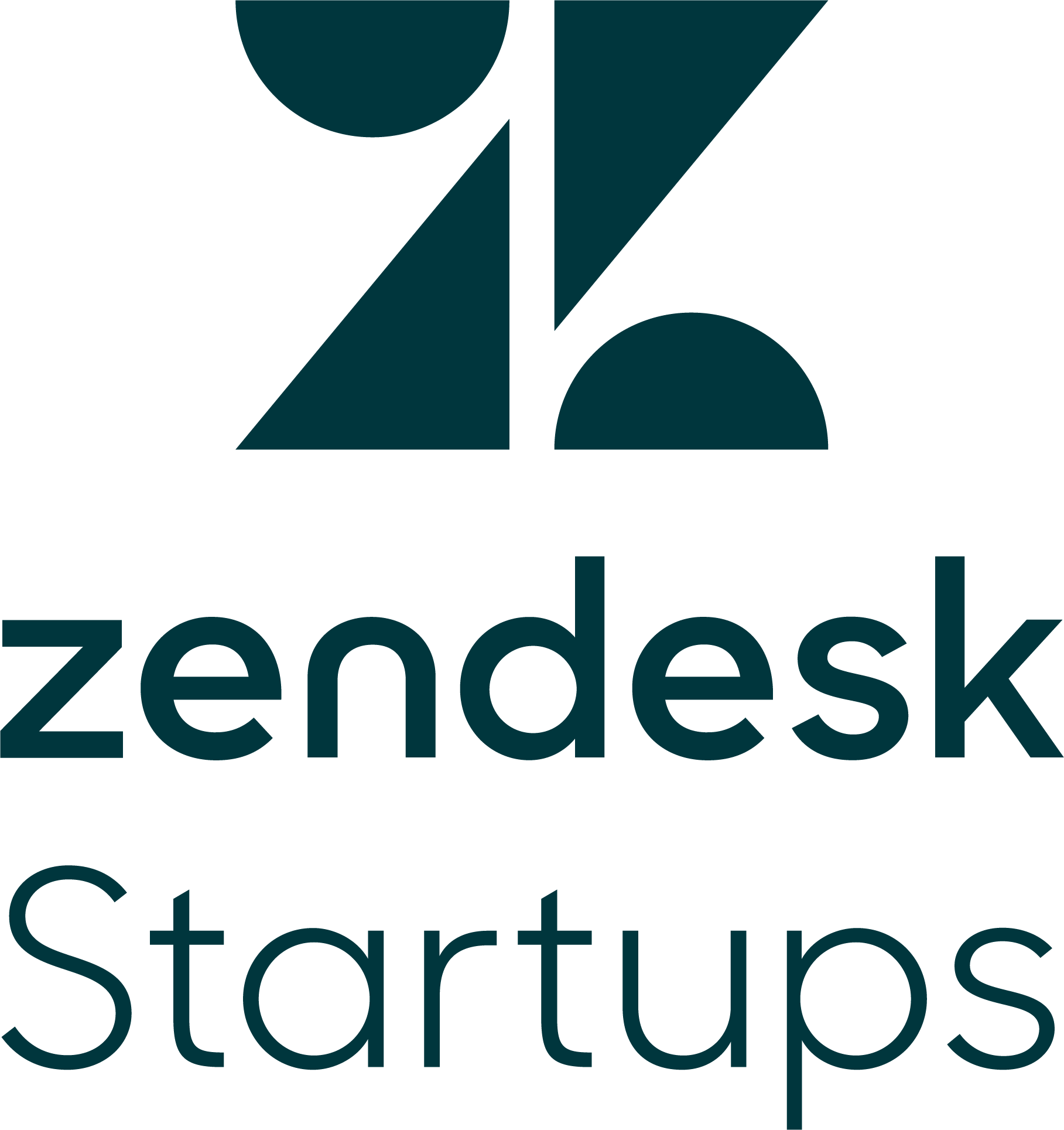SUPPORT
"What your customers need."
Zendesk Support is a beautifully simple system for tracking, prioritizing, and solving customer support tickets
When getting started with your first CX solution, it can be difficult to know where to begin. Zendesk Support gives you tools right out of the box to help create a better experience for your customers and your team because you can track, prioritize, and solve customer questions from any channel in one spot.
Customer Support Strategy
Since YOU are the ones curating the experience you want to deliver to your customers, setting up Zendesk Support will be specific to your company's needs and your brand. With that said, there are some key questions you’ll want to ask yourself when establishing your very own Customer Support strategy.
Channels: "Where are your customers reaching out?"
Before diving into customer communication channels, let’s take a look at some Zendesk Customer Service Benchmark data to further drive the channel conversation amongst your team.
“85% of customers will use more than one channel to get an answer with 44% doing so within one hour” - ZD benchmark To break this down, almost all of your customers are likely looking for multiple ways to reach you, and almost half of them do so right when they need help!
What this means for CX leaders and teams, is that you need tools that meet your customers where they are at and that can also keep up with growing customer expectations., Double down on activating g channels your customers naturally use and that your team can actually handle. For example, we learned in the Startups CX Benchmark Report that one out of five fast-growing startups added live chat within two years of being founded.
85%
of customers will use more than one channel
44%
will do so within one hour
Stuck in a shared inbox?
Or just want to learn a bit more? We have recommendations for you!

Going Further
Once teams & assignments are mapped, you can evaluate roles and permissions. As an admin, do you want all teams to have the same visibility? Do you want some vs. others to have admin rights to help extend the use of your instance? These will serve as the building blocks to point you in the right direction when setting permissions across your team. See “Creating managing and using groups” & “ Understanding Zendesk Support user roles”
Ownership: “Who handles what for customer communications?”
Now that you’ve planned your communication channels, it’s important to know who on your team handles what when it comes to incoming customer communication. You might not have fully developed teams/ departments yet, so start with asking yourself and those supporting your customers, what type of requests you get as a whole? Mapping these out will give you a clear view of what your team owns from a customer-facing perspective, and give you insight to who is best on your team to handle what. Having identified who owns what types of customer communication and who will be providing support in Zendesk will be essential for building out teams for the long term as your products and services you provide grow and become more complex. (And as you no doubt acquire more customers.) Once you’ve mapped the types of requests the team fields, break those down to what you receive, and divide and conquer! Product, billing, support? Etc. Make it easier to route assignments and scale teams for escalated support and more complex issues as your company grows.

Visibility: "How do we prioritize customers and their needs?"
You’ve set up your channels and the right teams are now in Zendesk Support,.Next, how can we ensure that teams are set up with the visibility and context they need? In other words, do they have all the information in front of them they need to help the customer in front of them? It’s important to consider how your team will work out of Zendesk to determine what they’ll need on a day to day basis.
With Views, you’ll be able to easily categorize customer requests based on criteria your team uses to differentiate Support given to customers, as well as provide vital information and visibility from a high level.
When establishing how your team will work with customers internally, think of how views could best serve your team. Consider using the following recommendations when just getting started:
Channels: social (FB & Twitter), email/ forms Teams or departments VIP customers
See “Best practices for creating views”
Adding views for visibility There are various ways to get your teams the right information when they need it, making them as effective as possible. By using views and pulling the most vital information into your agents' workspace, they can easily prioritize and take action when and where it's needed.
